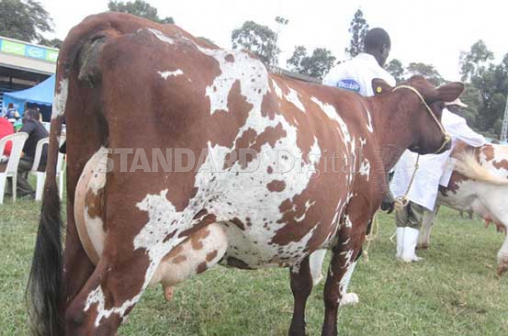×
The Standard e-Paper
Read Offline Anywhere

It was a dry December some years ago when I had just left the vet school and was steaming with the zest of a young vet. I came across a case that has ever since stuck in my mind like the memory of a maiden kiss.
Word had gone round Lung’anyiro village that I had graduated, joining the league of paltry vets in Matungu constituency.